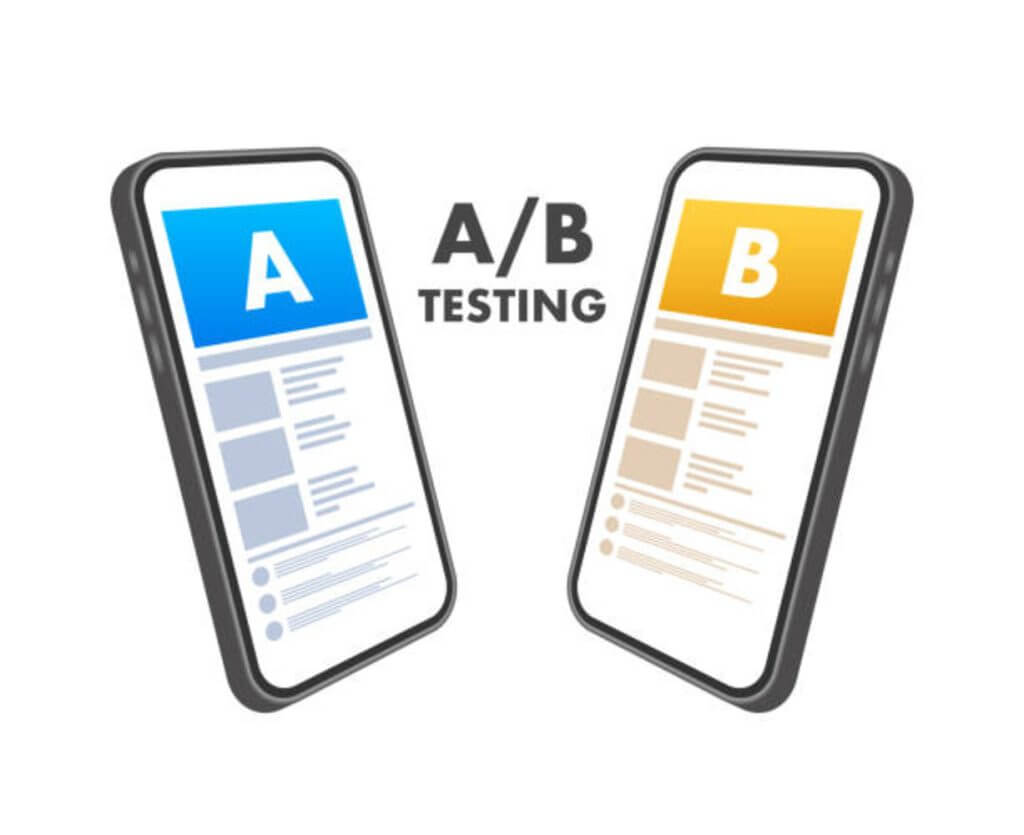
Social media analytics is a powerful tool for businesses and marketers looking to unlock valuable insights, track performance, and drive growth in their online presence.
Here are key insights and strategies for effectively utilizing social media analytics:
1. Define Clear Objectives:
Start by defining your goals and key performance indicators (KPIs). What are you trying to achieve with your social media efforts? It could be increased brand awareness, engagement, lead generation, or sales.
2. Choose the Right Metrics:
Select metrics that align with your objectives. For brand awareness, track metrics like reach and impressions. For engagement, look at likes, comments, shares, and click-through rates. For lead generation, focus on conversions and click-throughs to your website.
3. Monitor Audience Insights:
Use analytics to gain a deep understanding of your audience. Learn about their demographics, interests, and online behavior. This data can inform content creation and targeting.
4. Track Content Performance:
Analyze which types of content (e.g., text, images, videos) and topics resonate most with your audience. Measure engagement and reach for each post and use this information to refine your content strategy.
5. Timing and Frequency:
Determine the best times to post based on when your audience is most active. Analyze the frequency of your posts and how it impacts engagement. Consistency is key.
6. Competitor Benchmarking:
Compare your performance to that of your competitors. Identify opportunities and areas where you can outperform them.
7. A/B Testing:
Experiment with different post formats, headlines, visuals, and posting times to see what works best. A/B testing can reveal valuable insights into what resonates with your audience.

8. Conversion Tracking:
Use analytics to track conversions, such as sign-ups, downloads, or sales, that result from your social media efforts. This helps you measure the direct impact on your business goals.
9. Customer Support and Feedback:
Monitor social media for customer inquiries and feedback. Analyze response times and customer satisfaction to improve your social customer service.
10. Crisis Management:
Be prepared to use social media analytics in crisis situations. Monitor sentiment and feedback during a crisis to assess the impact and tailor your response.
11. Influencer Collaboration:
Evaluate the effectiveness of influencer marketing campaigns by tracking engagement and reach. Identify influencers who drive the most value for your brand.
12. Social Media ROI:
Calculate the return on investment for your social media efforts by comparing the cost of running campaigns to the revenue generated.
13. Data Visualization:
Utilize data visualization tools to create reports and dashboards that provide a visual representation of your social media analytics. This makes data easier to interpret and act upon.
14. Continuous Improvement:
Use social media analytics as a tool for continuous improvement. Regularly review your data, adjust your strategies, and test new approaches based on your insights.
15. Data Privacy and Compliance:
Ensure that your data collection and analysis comply with privacy regulations, such as GDPR or CCPA. Protect user data and obtain necessary permissions.
Social media analytics is not just about tracking numbers; it’s about using data to inform your strategies and make informed decisions. By consistently analyzing and acting on insights, you can optimize your social media efforts, reach your goals, and drive growth in your online presence and business.



